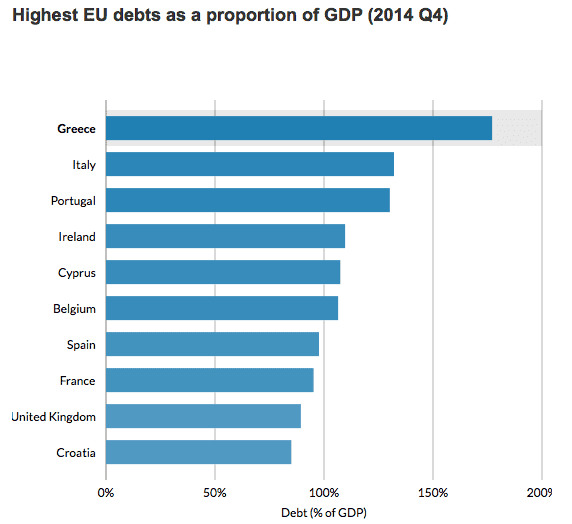
jaunebk
jaune bokinLaurentian University of Sudbury
4 Followers
0 Following
0 Helped
jaunebkLv10
29 Nov 2023
Answer: (A) Mir JafarFollowing the Battle of Plassey in 1757, Mir Jafar was ma...
jaunebkLv10
29 Nov 2023
Answer:To find out how many separate 0.6 mg doses must be administered to reac...
jaunebkLv10
29 Nov 2023
Answer:For many individuals, the most influential factor in food choices can v...
jaunebkLv10
29 Nov 2023
Answer: UP
jaunebkLv10
29 Nov 2023
Answer:Exculpatory language in a consent form is a clause that seeks to releas...
jaunebkLv10
29 Nov 2023
Answer:DuPont Analysis is a financial performance measurement method that brea...
jaunebkLv10
29 Nov 2023
Answer:Sure, financial ratios can be categorized into various types, each serv...
jaunebkLv10
29 Nov 2023
Answer: Certainly, let's delve into the limitations of ratio analysis:1. **Dep...
jaunebkLv10
29 Nov 2023
Answer:Financial statement analysis, while a valuable tool for assessing a com...
jaunebkLv10
29 Nov 2023
Answer: Financial statement analysis is the process of evaluating and interpre...
jaunebkLv10
29 Nov 2023
Answer: UP
jaunebkLv10
29 Nov 2023
Answer: UP
jaunebkLv10
29 Nov 2023
Answer: UP
jaunebkLv10
29 Nov 2023
Answer: UP
jaunebkLv10
29 Nov 2023
Answer: UP
jaunebkLv10
29 Nov 2023
Answer: UP
jaunebkLv10
29 Nov 2023
Answer:UP
jaunebkLv10
29 Nov 2023
Answer: UP
jaunebkLv10
29 Nov 2023
Answer: UP
jaunebkLv10
29 Nov 2023
Answer: UP
jaunebkLv10
29 Nov 2023
Answer: UP
jaunebkLv10
29 Nov 2023
Answer: UP
jaunebkLv10
29 Nov 2023
Answer: UP
jaunebkLv10
29 Nov 2023
Answer: UP
jaunebkLv10
29 Nov 2023
Answer: Step-by-step explanation:UP
jaunebkLv10
29 Nov 2023
Answer: **Financial Innovations and Deregulations Leading to the 2008 Financia...
jaunebkLv10
29 Nov 2023
Answer: **1) Goals of the World Bank and the IMF:****World Bank:** - **Poverty...
jaunebkLv10
29 Nov 2023
Answer: UP
jaunebkLv10
29 Nov 2023
Answer:Quantitative tightening (QT) refers to the process in which a central b...
jaunebkLv10
29 Nov 2023
Answer: UP
jaunebkLv10
29 Nov 2023
Answer:The Federal Reserve System (Fed) and the European Central Bank (ECB) ar...
jaunebkLv10
29 Nov 2023
Answer: According to Ohm's Law, the relationship between current (I), voltage ...
jaunebkLv10
29 Nov 2023
Answer: It seems there might be a typo in your question. I'll provide informat...
jaunebkLv10
29 Nov 2023
Answer:Certainly! Let's go through the steps for part (a) and (b):**(a) Plot t...
jaunebkLv10
29 Nov 2023
Answer:It looks like there might be a typo in your expression, as the notation...
jaunebkLv10
29 Nov 2023
Answer: The circumference (C) of a circle is given by the formula:\[ C = \pi \...
jaunebkLv10
29 Nov 2023
Answer: UP
jaunebkLv10
29 Nov 2023
Answer: The origin, journey, and conditions surrounding our food supply are co...
jaunebkLv10
29 Nov 2023
Answer: Step-by-step explanation:UP
jaunebkLv10
29 Nov 2023
Answer: Certainly! Let's briefly explore the meanings of Life Science, Earth a...

